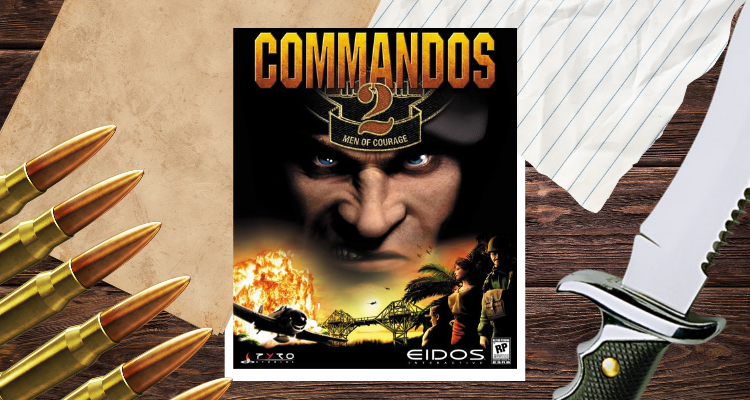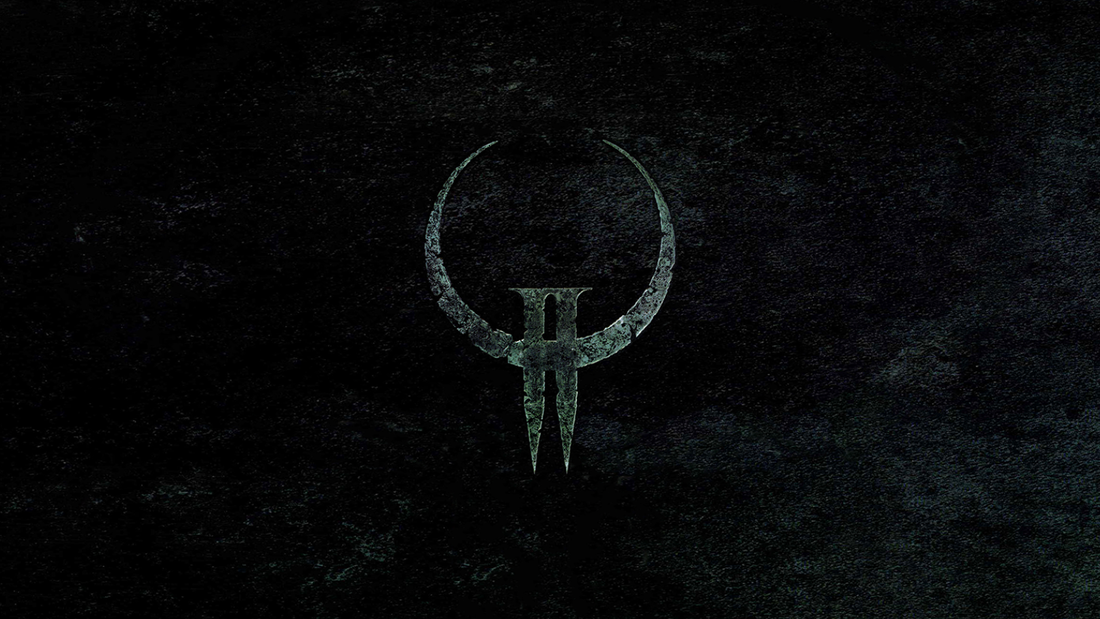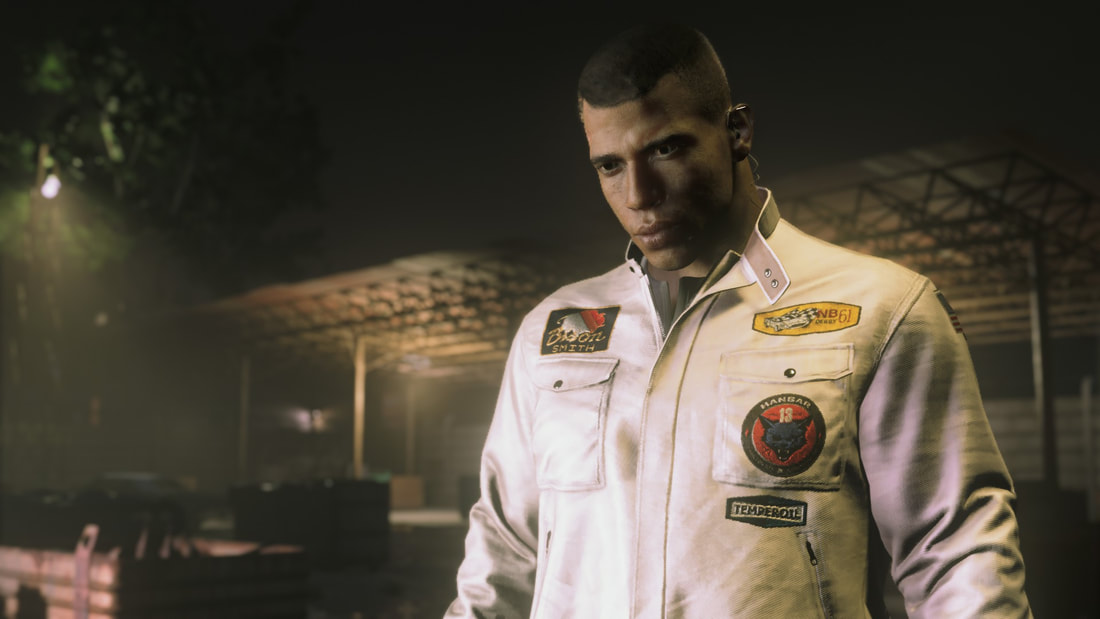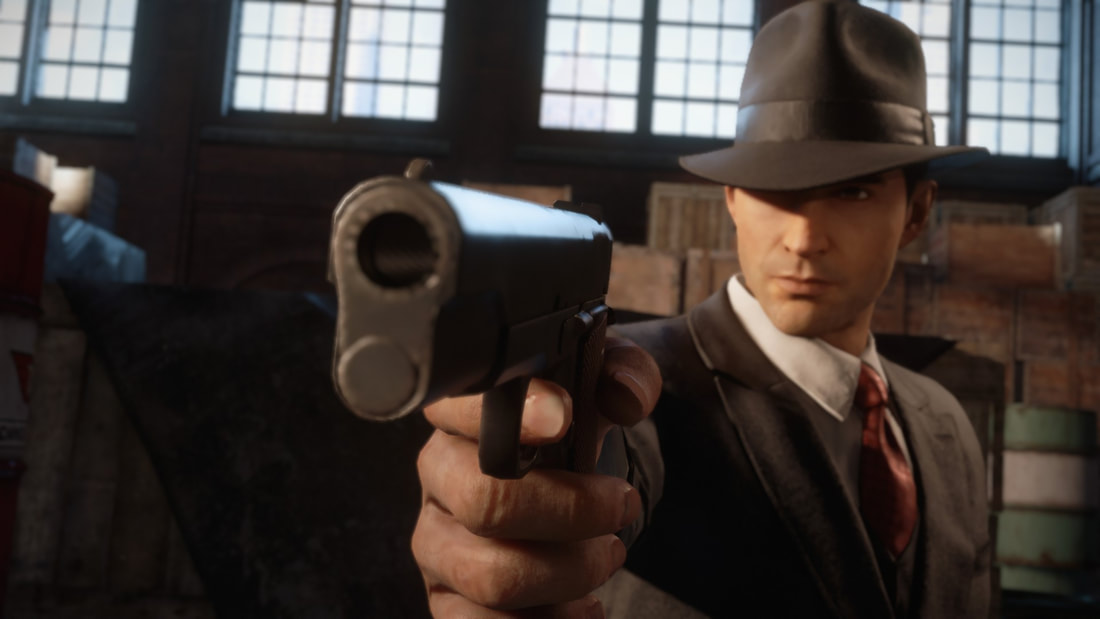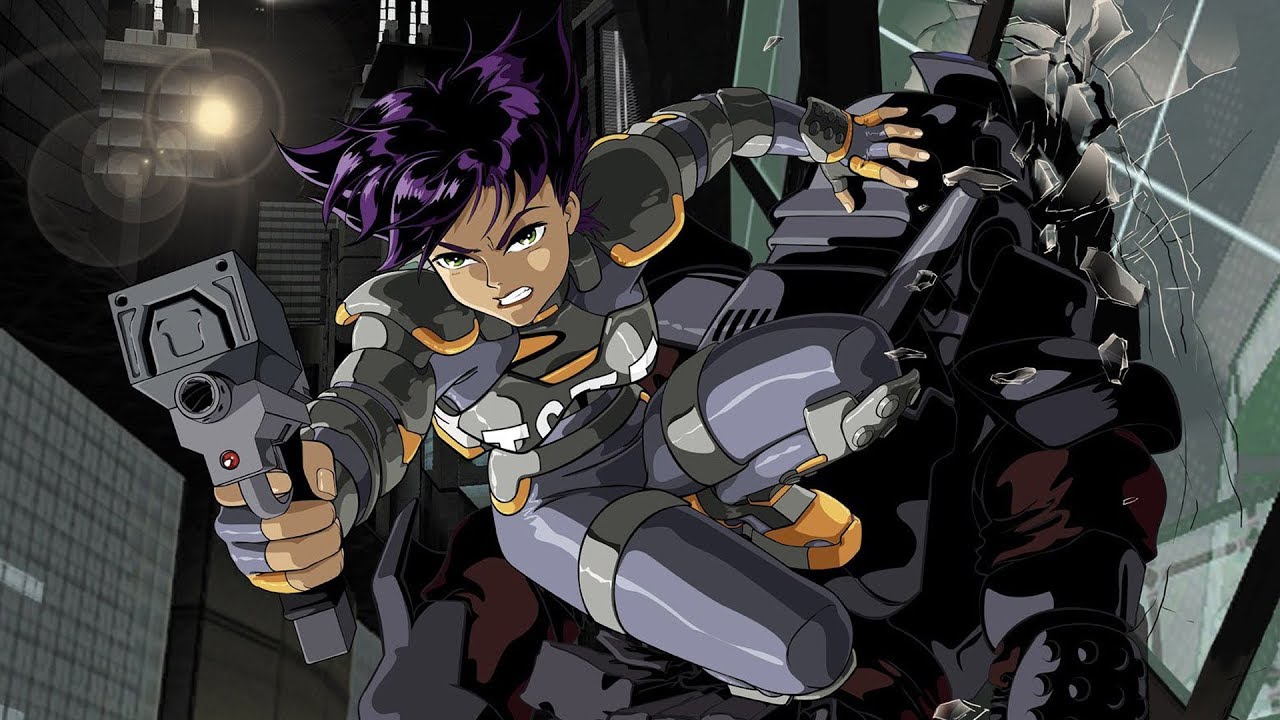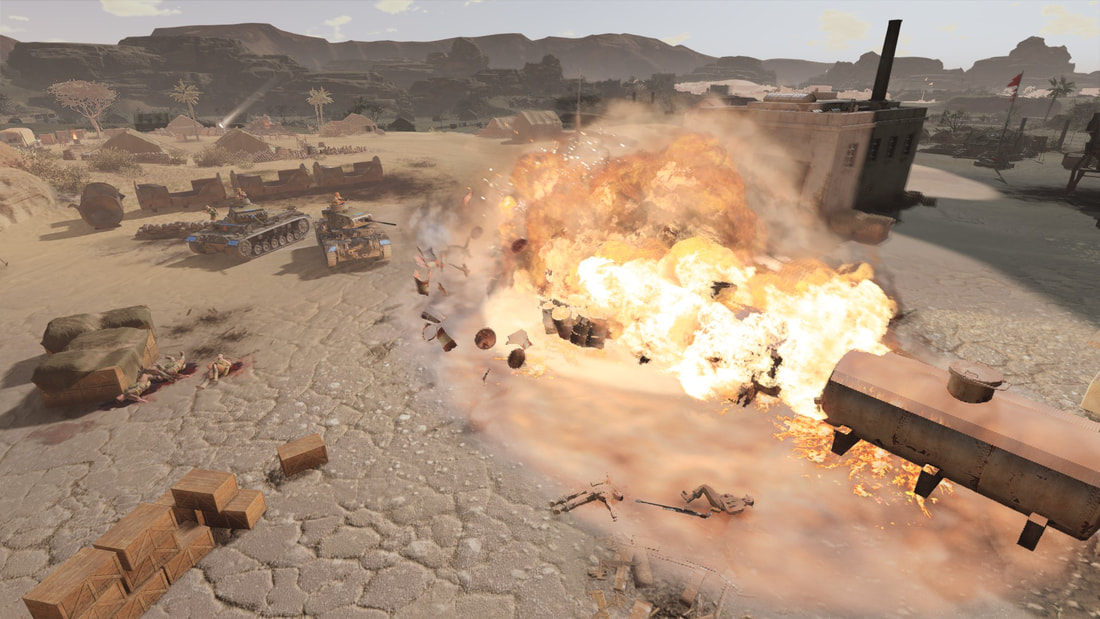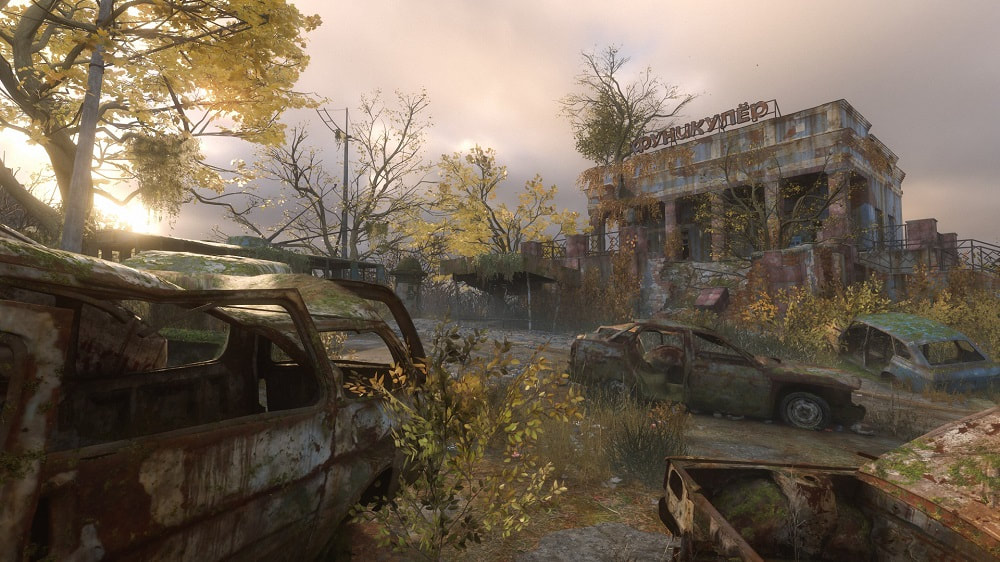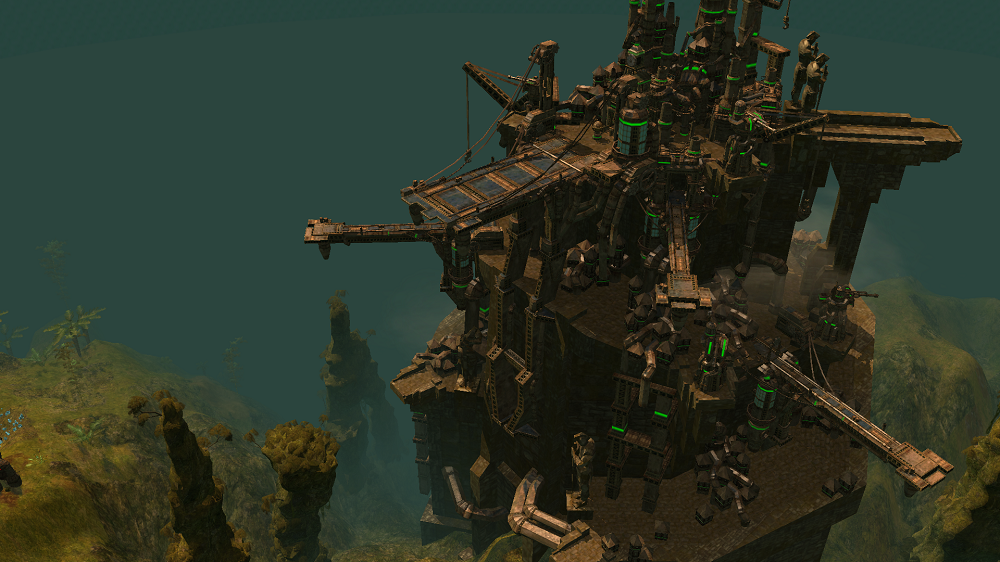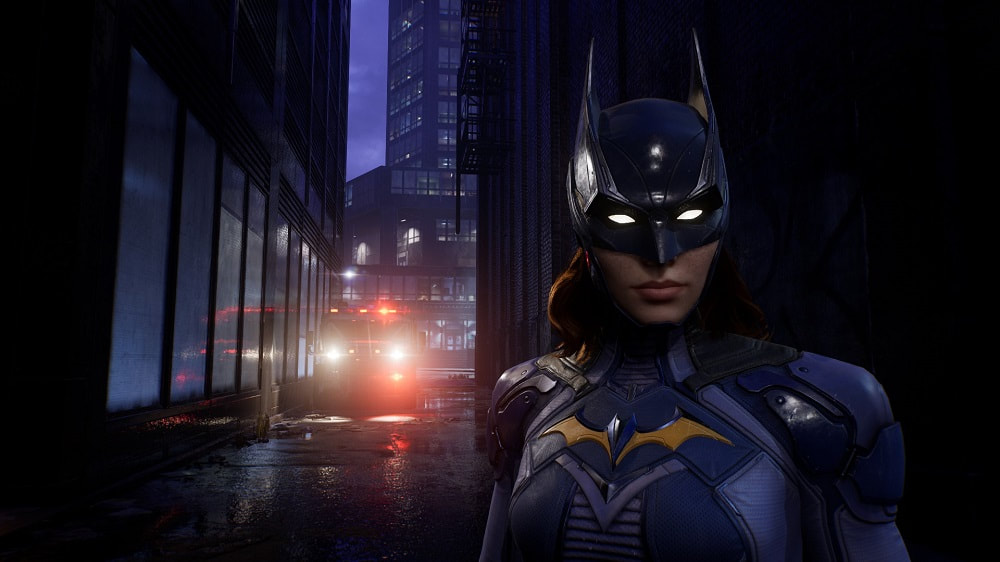|
In 2006, the Spanish game developer Pyro Studios was full of confidence. With a new game nearly complete, they had big ambitions. The CEO, Ignacio Pérez, planned to grow the company from 70 staff to 250 over the next few years. Pyro would become not just a preeminent developer in Europe, but in the world.
In retrospect, these comments have a tragic feel. The game that Pyro was about to complete was Commandos: Strike Force and it would prove to be a stinging failure. Pérez’s big plans would never come to pass. Worse, his company would never again release a notable game. It would first be reduced to the relative ignominy of mobile game development, and then would finally close for good in 2017. On paper, Strike Force appeared to be based on good ideas and a sound business logic. It was intended as a means for Pyro Studios to capitalise on its established Commandos series, to move into cross-platform development, and to break into the lucrative console market. To all this, they would shift Commandos into a first-person shooter mould. In the end, the game badly alienated the company’s existing fans and failed to win new ones. Its critical and commercial failure contributed strongly to the demise of Pyro, long the foremost studio in Spain, and the Commandos series. Now that a new revival of the series is in development, it is interesting to go back to the disastrous fourth entry. Picking over the wreckage, it is clear that Pyro’s plans were not without merit. Strike Force is a desperately average game, released much too late to have a chance in a crowded World War II shooter market. But it does have good ideas, and a certain charm of its own.
0 Comments
In 1998, Madrid-based videogame developers Pyro Studios produced a shock hit with their landmark game Commandos: Behind Enemy Lines. It shifted 900,000 copies, and did particularly well in the UK and Germany. Eventually, it would prove to be the trigger point for a small but uniquely engaging sub-genre of real-time stealth tactics games. These sprang up in the early 2000s, died off, and were then revived in 2016.
After the release of the standalone expansion Beyond the Call of Duty in 1999, Pyro’s British publisher, Eidos, were eager to profit from another success. They put their weight behind the Spanish developers, who set to work on a sequel with a hefty budget of $7 million. Flush with cash and manpower, Pyro ultimately delivered an almost recklessly ambitious follow-up: 2001’s Commandos 2: Men of Courage. Over 20 years later, the game is still an essential entry in the genre that Pyro invented. Commandos 2 is definitely a product of its time, and its learning curve can be steep for those more familiar with the friendlier revivals made by Mimimi Games. It is exuberant but imperfect, with a number of new concepts and systems which could have been better implemented. Despite these flaws, Commandos 2 is a thrilling exercise in painstaking stealth - and no exploration of the genre is complete without it.
In August 2023, id Software’s 1997 first-person shooter Quake II was updated to a new, enhanced version. This was no surprise - it had been rumoured for some time, and seemed inevitable after the 2021 reissue of the original Quake. What few were prepared for is how brilliantly the job was done.
Multiple studios lavished care and attention onto Quake II. They made a laundry list of improvements to graphics, sound, AI, and pathfinding. They added in both of the original expansion packs, and a new PC port of the Nintendo 64 version of the game. Finally, just like Quake, the sequel received a huge and superbly made new expansion developed by MachineGames. Suddenly, Quake II is in the limelight again. For many years, the game was eclipsed almost totally by its own predecessor and by other ‘90s shooters. During this period, strange notions gained traction. One was that Quake II was somehow a failure on its original release - which could hardly be further from the truth. The wonderful enhanced version of Quake II does change the way the game looks and plays. First and foremost, though, it demonstrates again how brilliant id Software’s work was to begin with. Today, it should be clearer than ever that Quake II represents the pinnacle of the golden era of shooters, the heady days of the 1990s. Here we explore three aspects in which it was extraordinary back in the day, and is better still in 2023.
In May, I played just four games but it was an interesting selection. For Entertainium, I reviewed two new games. Miasma Chronicles is the new release from the makers of Mutant Year Zero, and is another strong entry in the turn-based tactics genre. Warhammer 40,000: Boltgun was on my most anticipated list for 2023, but still surprised me with its quality - indie studio Auroch Digital did a fantastic job combining the 40K licence with the boomer shooter.
As ever, I also played some older games. I revisited Dishonored for the first time in a while, celebrating Arkane’s glory days at the same time as they entered their darkest hour with the disastrous recent release of Redfall. What took up the bulk of my gaming time in May, though, was the open-world deep South crime experience of Mafia III. I got completely sucked into its compelling story and open-ended gameplay, and hope to cover it more in due course.
It’s another double edition of this regular look back at the games I’ve played recently. This instalment covers both March and April of 2023, when I reviewed two new games - one of them in early access - and revisited another batch of older releases.
Those two releases cover both the sublime and the ridiculous. For the former, I got the chance to play the slender but stellar early access release of Supplice, the retro shooter made by Doom modding veterans. On the ridiculous front is Gun Jam, a bitterly disappointing and frankly unfinished rhythm shooter that adds nothing at all to that nascent sub-genre. The older games covered this time are a varied lot; I replayed two of my personal favourites, in the form of third-person action games Oni (2001) and Urban Chaos (1999). I tackled the controversial but very well-made “stealth strategy” War Mongrels (2021), and finished Deus Ex: Human Revolution (2011) for the third time. Possibly the highlight of these months, though, was playing the 2020 definitive editions of gangster sagas Mafia (2002) and Mafia II (2010).
Oni is almost the definition of a “singular game”. It received no sequel, it was not influential, and it was the only project its development team ever worked on. What it does have is a distinct vision and a unique gameplay style that can’t be found anywhere else, even over 20 years later.
Oni was made by a short-lived California satellite studio set up by Bungie; for that reason it is often called “Bungie’s forgotten game”. But Oni is far more than just a footnote in the history of the company that made Halo - it is one of the most cruelly under-recognised games of its era. In its original trailer, Oni was touted as “an action game like no other” - and that claim still holds true.
For a while now, 2023 has been talked about as the year when strategy games make a comeback. February was the first big test of that thesis, as two major games came out of the gates. I covered both The Settlers: New Allies and Company of Heroes 3 for Entertainium, with decidedly mixed results. It’s fair to say that Ubisoft’s fortunes are unlikely to be revived by the first Settlers game in over a decade; but Relic’s Company of Heroes sequel is a fantastic return to the front, albeit one with some real rough edges.
Also in February, I reviewed the Japanese action game Wanted: Dead, a project which seemed to consist almost entirely of rough edges. It’s very crudely made indeed, and spoils a potentially interesting premise with some horribly executed combat mechanics. This is as good a time as any to remind you of how great Evil West is, and how it delivers expertly on its bid to recapture the glory of mid-2000s action games. As a counterpoint to all the warfare, I spent a good chunk of February playing the zen-like railroad puzzle game Train Valley 2 (2019) - a fact which surprises even me. The other older game I played during the month was a true classic: the genre-bending cult favourite fronted by Vin Diesel, The Chronicles of Riddick: Escape From Butcher Bay (2004).
This entry in “what I played” straddles, Janus-like, both 2022 and 2023. I kick off with the main game I played in December, which was the surprisingly excellent racer Need for Speed Unbound, which has hopefully injected new life into EA’s long-running series.
Next, it’s time to cover what I played in January. As ever, the first month of the year has been very light on new releases but I did play three older games which are all brilliant in their own way. Metro Exodus (2019) impressed me with its expansive settings and stellar ray-traced visuals, Company of Heroes 2 (2013) proves to be just as brilliant as I hoped, having finally got around to it ten years late. And finally, A Plague Tale: Innocence (2019) is also visually stunning and a major breakthrough for its journeymen French developers.
November was a month mostly dominated by retro games, as I played a mix of old favourites and titles from yesteryear that I missed at the time. I caught up with the classic stealth game Splinter Cell: Chaos Theory (2005), revisited forgotten strategy Rise of Legends (2006), and the flawed tactics of Star Trek: Away Team (2001). On the more recent side, I also continued my exploration of a long-running series, filling in a gap with Sniper Elite 4 (2017).
Despite this retro focus, I also covered some new games - including the excellent third-person action game Evil West, another product of the busy team at Flying Wild Hog. And following on from my review of Call of Duty: Modern Warfare II, I also braved the battle royale battlefield of its free-to-play spinoff Warzone 2.0.
October has been a huge month in the world of games, with a bevy of significant releases. The record five games I reviewed for Entertainium encompass all possible levels of budget and scale. At the indie end of the spectrum, I covered Dome Keeper and the superb retro-style shooter Cultic, which recaptures the grisly glory of Blood (1997).
At the mega-budget, tentpole release side of things, I reviewed the troubled open-world superheroism of Gotham Knights and the solid-as-ever gunplay of Call of Duty: Modern Warfare II. In between these two extremes, I also played action-RPG Asterigos: Curse of the Stars, which is what some would term a “AA” game. For some reason, almost every big outlet declined to evaluate this intriguing Taiwanese Soulslike, so I was glad to give it some degree of exposure. Finally, I found time for just a couple of older games during October. I jumped on the bandwagon of Metal Gear Rising: Revengeance, which is almost ten years old but became very high-profile in 2022 because of memes - or what the game itself calls “the DNA of the soul”. I also had a great time with the single player campaign of Titanfall 2, which has also won itself cult status due to the quality of its innovative level design. |
About
I write about classic science fiction and occasionally fantasy; I sometimes make maps for Doom II; and I'm a contributor to the videogames site Entertainium, where I regularly review new games. Categories
All
|

